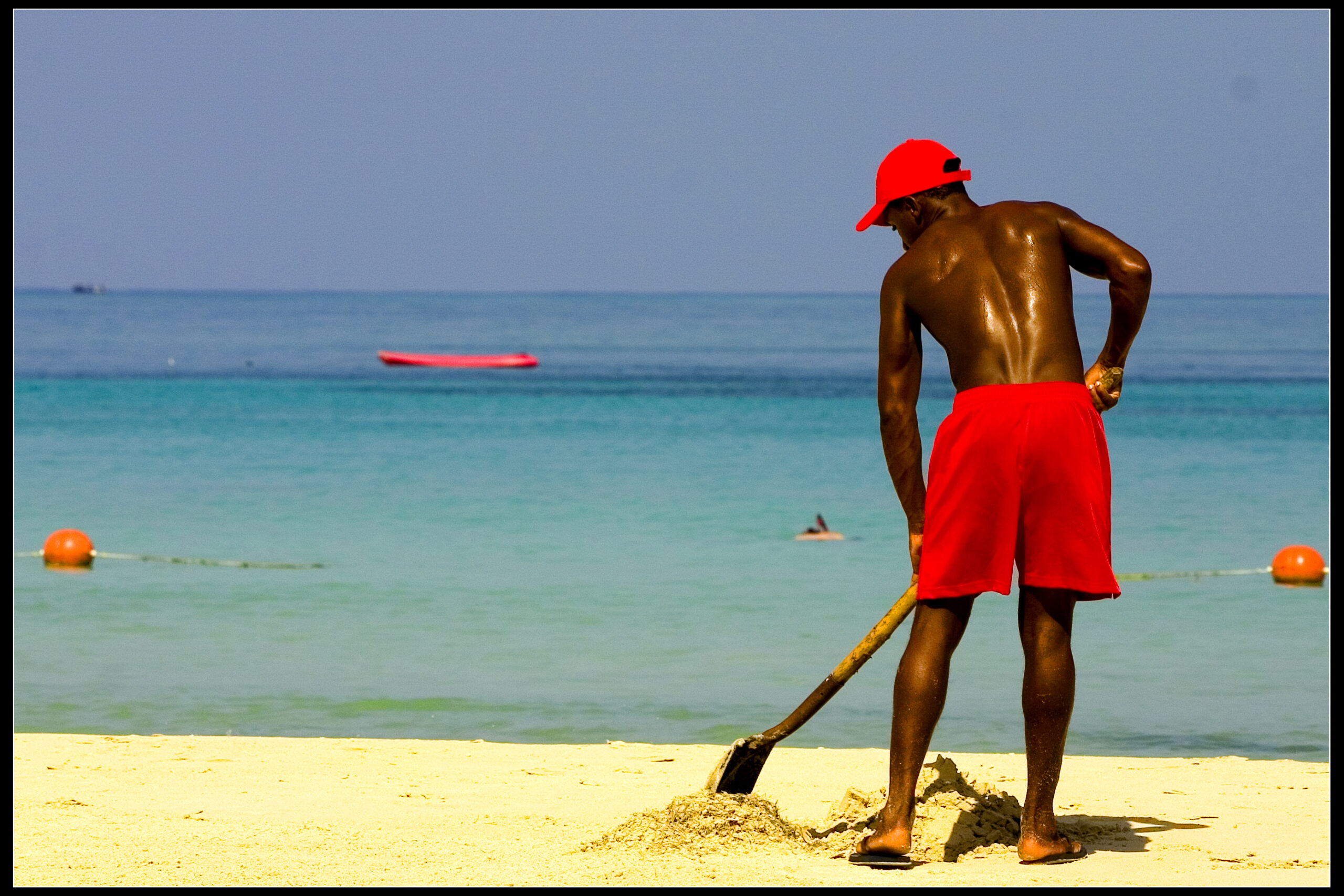Westmoreland, the westernmost parish of Jamaica, is a land rich in history, culture, and breathtaking attractions. Known for its lush landscapes, vibrant communities, and stunning coastline, Westmoreland has played a significant role in Jamaica’s past and continues to be a major hub for tourism and local industry. From its deep colonial roots to its contributions to the nation’s culture, Westmoreland remains a fascinating destination for history buffs, adventure seekers, and beach lovers alike.
A Brief History of Westmoreland
Westmoreland was originally inhabited by the indigenous Taino people before the Spanish arrived in the 16th century. When the British took control of Jamaica in 1655, they named the area Westmoreland because it was the westernmost part of the island. Sugar plantations soon became the driving force of the parish’s economy, with enslaved Africans working on large estates.
After emancipation in 1838, many formerly enslaved people settled in Westmoreland, contributing to the development of free villages and local industries. Today, agriculture, tourism, and fishing continue to be central to the region’s economy. The parish retains a strong cultural identity, with traditions rooted in African, European, and indigenous heritage.
Famous People from Westmoreland
Westmoreland has produced some of Jamaica’s most influential figures in music, politics, and sports. One of its most famous sons is Peter Tosh, the legendary reggae musician and founding member of The Wailers. Known for his activism and powerful lyrics, Tosh left an indelible mark on reggae music and global consciousness.
Another notable figure is Sir Clifford Campbell, Jamaica’s first native Governor-General. Born in Petersfield, Westmoreland, Campbell played a crucial role in shaping Jamaica’s early post-independence governance.
Additionally, Neville “Bunny” Grant, one of Jamaica’s most celebrated boxers, hailed from Westmoreland. His success in the ring helped put Jamaican boxing on the international map.
Top Attractions in Westmoreland
1. Negril’s Seven Mile Beach
Arguably the most famous attraction in Westmoreland, Seven Mile Beach in Negril is a paradise for sunseekers. The powdery white sand and crystal-clear waters create an idyllic setting for relaxation, while the vibrant nightlife, beachfront bars, and water activities make it a must-visit destination.
2. Blue Hole Mineral Spring
Located near Negril, the Blue Hole Mineral Spring is a hidden gem where visitors can swim in natural, mineral-rich waters. The underground spring is believed to have healing properties, making it a popular spot for wellness seekers.
3. Mayfield Falls
For nature lovers, Mayfield Falls offers an enchanting escape into the heart of Jamaica’s countryside. This eco-tourism attraction features a series of cascading waterfalls, natural pools, and lush greenery, perfect for hiking, swimming, and relaxation.
4. Roaring River Park and Cave
Rich in history and natural beauty, Roaring River is a fascinating site where visitors can explore underground caves, swim in natural pools, and learn about the area’s historical significance, including its ties to sugar plantations.
5. Peter Tosh Memorial
Fans of reggae music can visit the Peter Tosh Memorial in Belmont, Westmoreland. This site, which includes the reggae icon’s mausoleum, celebrates his life and contributions to music and social justice.
Final Thoughts
Westmoreland, Jamaica, is a captivating blend of history, culture, and natural beauty. Whether you’re drawn to its rich heritage, legendary figures, or breathtaking landscapes, this parish offers something for everyone. From the sun-drenched beaches of Negril to the hidden caves of Roaring River, Westmoreland stands as a testament to Jamaica’s enduring spirit and charm.


